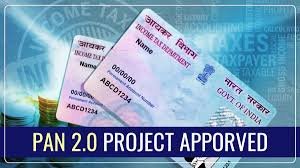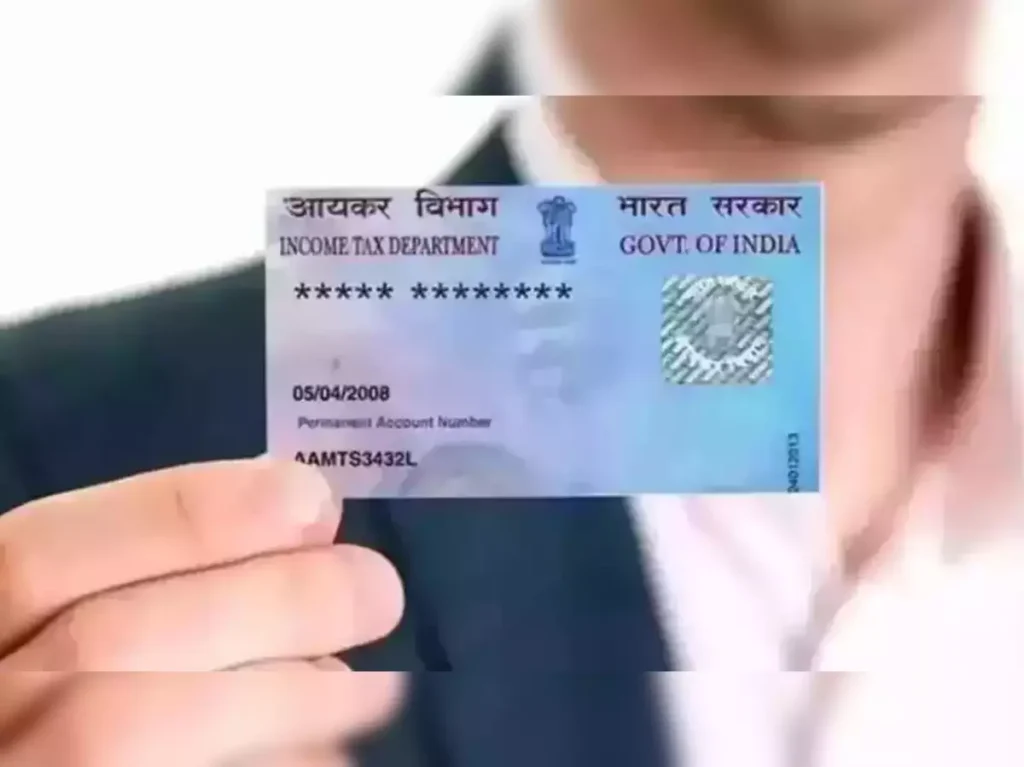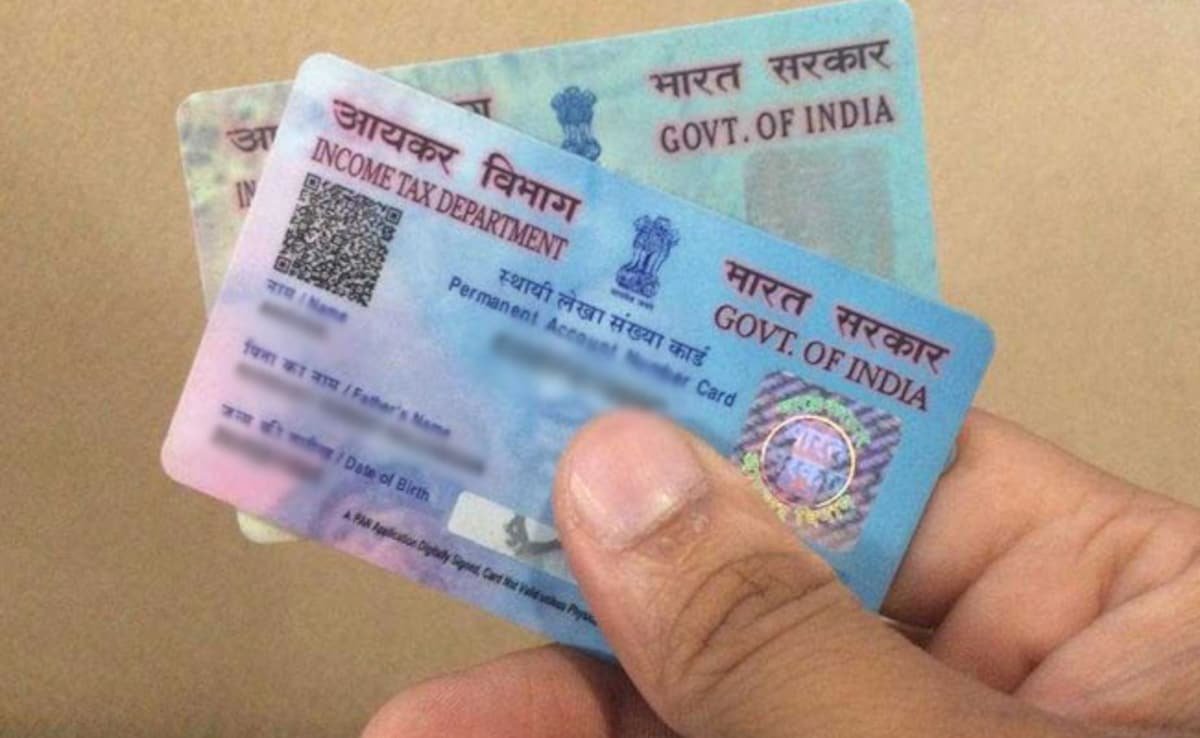The Highlights:
In a groundbreaking bid to modernize tax infrastructure in India, the Union Cabinet has sanctioned the project of PAN 2.0. The current PAN 1.0 system will be upgraded by incorporating the latest technology and simplifying taxpayer interactions with its integration. Financial outlay of PAN 2.0 has been approved to the tune of ₹1,435 crores.
Key Features of PAN 2.0
Embedded QR Codes for Enhanced Security
A standout feature of PAN 2.0 is the incorporation of QR codes on PAN cards. This addition is designed to enhance both functionality and security, allowing for quick access to tax information and reducing the risk of fraud. The QR code will store essential details, enabling instant verification and streamlining various financial transactions.
Universal Identifier Across Government Platforms
PAN is to be an universal identification number for all businesses using any specified government digital systems. Consolidation is to make procedures simpler with data integrity and make bureaucratic tasks fewer for businesses cutting across several sectors.

PAN and TAN Consolidation
he proposed version merges PAN and Tax Deduction and Collection Account Number (TAN) services under one roof. The amalgamation is expected to reduce the complexity of taxpayer registration, making it more user-friendly and efficient.
Environment-Friendly and Cost-Effective Processes
As part of the government’s Digital India initiative, PAN 2.0 focuses on eco-friendly, cost-effective processes for all services. It fosters paperless practices, ensuring a greener earth and minimizing bureaucracy expenditure.
Benefits for taxpayers and businesses
• Registration and Upgradation will be seamless.
Taxpayer registration services will become faster and more accessible. All existing PAN holders can upgrade to PAN 2.0 free of cost, thereby enjoying all the advantages without undergoing a complicated process of reapplication.

• Better Service Delivery
The unified system is expected to help in better service delivery by having correct data and giving way to lesser discrepancies across various channels. This will help taxpayers to have a smoother interaction with the Income Tax Department.
• Better Security Measures
QR codes, combined with a secure data vault system, will enhance the overall cybersecurity, thus safeguarding taxpayer information from key threats.
Implementation Timeline and Scope
The whole idea of the PAN 2.0 project would be phased, and the integration of QR codes on the new PAN cards would form the first phase of rollout. Subsequent phases would include consolidating the PAN and TAN services and coming up with the unified portal. So far, around 78 crore PAN cards have been issued, and individuals make up 98% of the population. As such, the PAN 2.0 would help amalgamate this wide ecosystem into efficient and eco-friendly processes for all users.
No Requirement for New Applications
Existing PAN holders require no new applications. All the upgrades, including the QR code facility, will be provided without any form of action from existing card holders. This will ensure a smooth transition to the new system, causing the least inconvenience to taxpayers.
Conclusion
PAN 2.0 approval is a major step towards making the tax administration system of India more secure, efficient, and user-friendly. With advanced technology and streamlined processes, the initiative supports the government’s endeavour to focus on its digital transformation and economic growth. Taxpayers and businesses can look forward to a relatively seamless experience with the new wave of India’s growing digital economy.
For Latest News Updates Click Here
